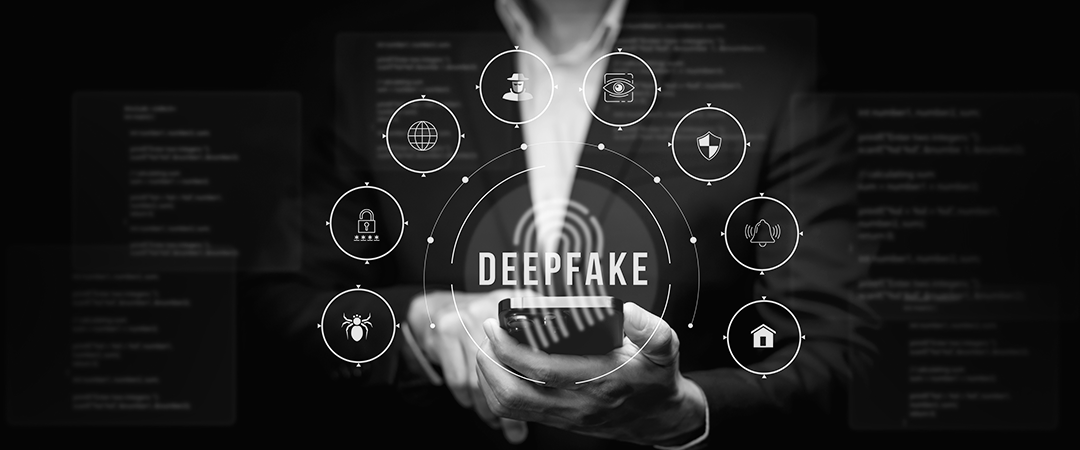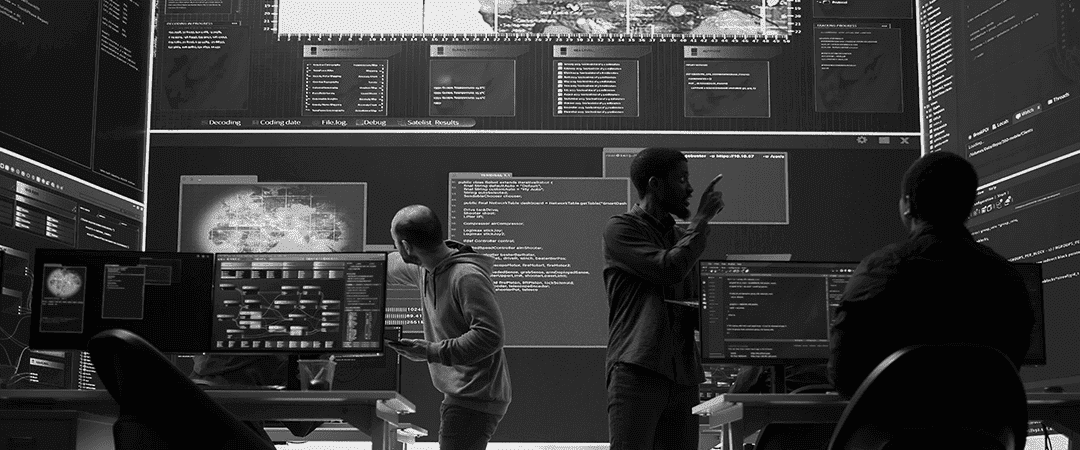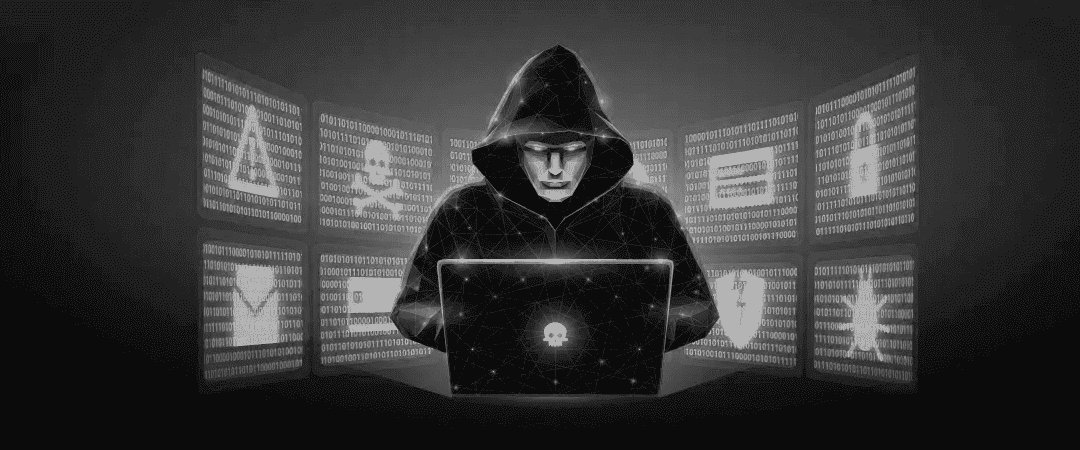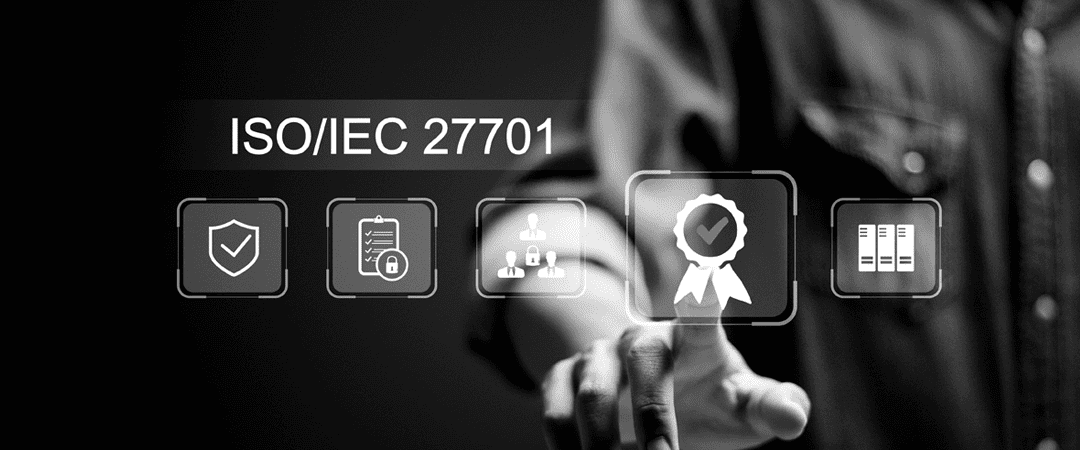What Is Red Teaming in Cybersecurity and How Does It Work?
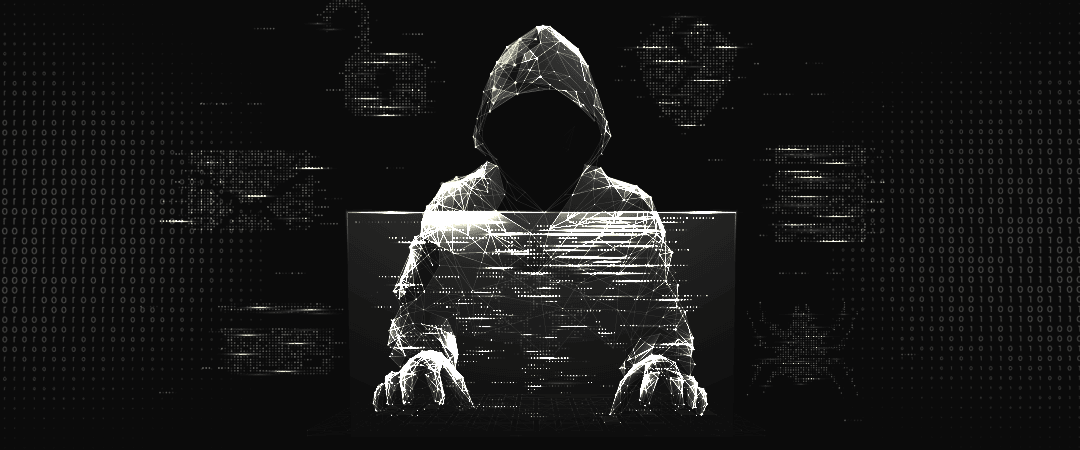
Red teaming is a way of assessing cybersecurity effectiveness in which ethical hackers carry out a simulated and nondestructive cyberattack. A simulated assault enables a company to uncover system weaknesses and make targeted improvements to security operations. It is a cybersecurity exercise that completely mimics a real-world attack in order to test an organization's capacity to withstand current cyber threats and criminal actors. In this simulation, a red team serves as the attacker, using hacker tactics and tools to evade detection and evaluate the internal security team's defense preparedness. This includes not just testing for technological vulnerabilities, but also for employees within the organization. Social engineering strategies include phishing and in-person visits. The physical premises' security may also be put to the test. Finally, teaming provides an integrated assessment of your security infrastructure as a whole.
Red teaming seeks to address cognitive defects that might hinder an individual's or organization's capacity for clear thinking and judgment, such as confirmation bias and collaboration. Determining the effectiveness of current mitigation, prevention, and investigation techniques against different threat vectors is another objective.
A red team, made up of internal IT specialists, is occasionally used to mimic the behaviors of malicious or adversarial persons. A red team in cybersecurity aims to breach or compromise a company's digital security. A blue team, on the other hand, is a group of internal IT personnel that mimic the preventative measures of persons or departments responsible for security operations.
Top 5 Strategies for Cyber Security Red Teaming
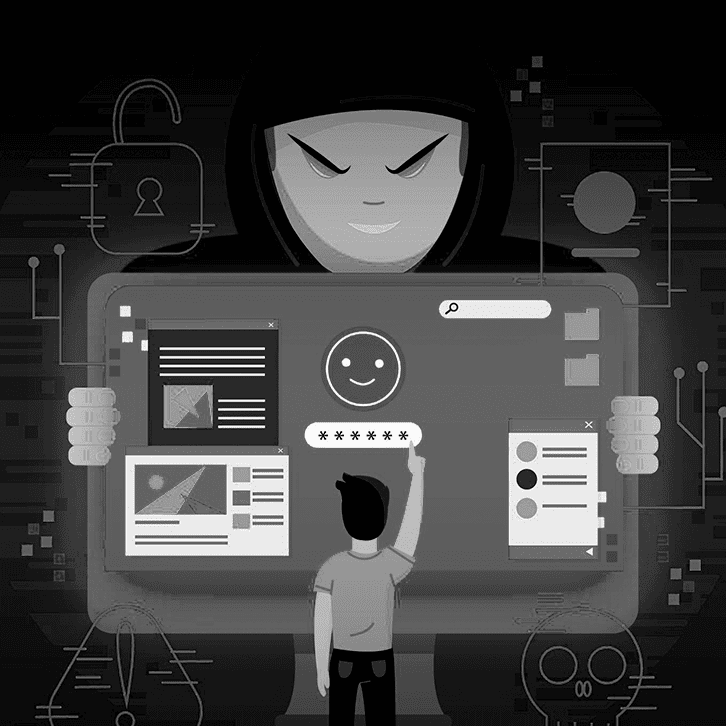
1. Imitate real-world adversaries
Adversary emulation is a targeted cybersecurity approach in which security experts known as red teams mimic real-world threat actors' tactics, techniques, and procedures. This strategy entails emulating hostile actors' strategies and behavior in order to access an organization's network or systems.
Red teams should be conversant with their adversaries' actions in order to better comprehend reasons and potential future scenarios. A worldwide knowledge repository, such as MITRE ATT&CK, tracks strategies and procedures based on real-world incidents and enables businesses to collect cataloged and documented threat intelligence. Evaluating reports from the Cyber Security Review Board can provide insights on security approaches that are known to be inadequate.
2. Replicate hypothetical attack scenarios
Anticipating and preventing malicious attempts is another crucial red teaming skill. Red teams are able to investigate potential avenues for service or data compromise by simulating cybercriminals' tactics. The red team investigates potential attacks during a simulation, like moving laterally between systems and increasing privileges, which might eventually hurt an organization if the proper safeguards aren't in place.
These simulations analyze a wide range of potential attack vectors and offer a thorough knowledge. In order to enhance controls based on their knowledge, the red team should present the exercise's results to significant stakeholders.
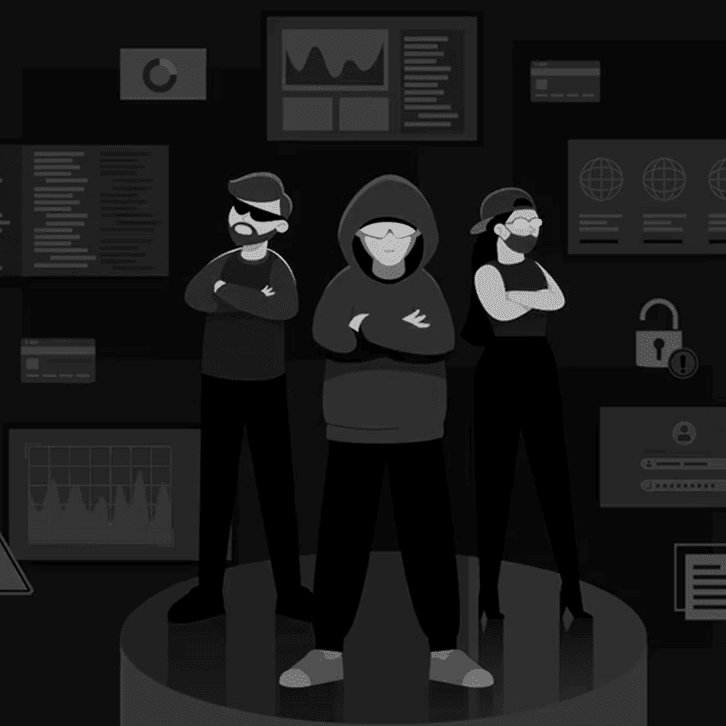

3. Develop a customized toolkit
With the use of a customized toolkit, red teams may execute advanced attacker-style activities more effectively. Some examples of these tools are:
Unique exploits that give the red team access to systems and enable them to alter them in order to launch additional attacks. You can use code that an adversary would write to customize an exploit attempt to be most successful in your environment, thus this doesn't necessarily imply finding entirely new vulnerabilities. Software for efficient communication with infected computers, After a system is penetrated, post-exploitation modules that target a company's services are executed.Teams can keep up with the ever-increasing complexity of cyber-attack techniques by gradually developing these competencies.
4. Enhance operations with the help of AI
Companies may utilize AI to stay ahead of dangers because bad actors are adopting it. Artificial intelligence (AI) tools can help red teams better understand how real-world threats behave. AI can be utilized, for instance, to expand defense testing efforts, assisting red teams in improving their ability to identify and subsequently defend against possible threats.
Since it can enable a red team to better understand a piece of code more rapidly, it can save the team time when learning new coding languages and implementing tools.
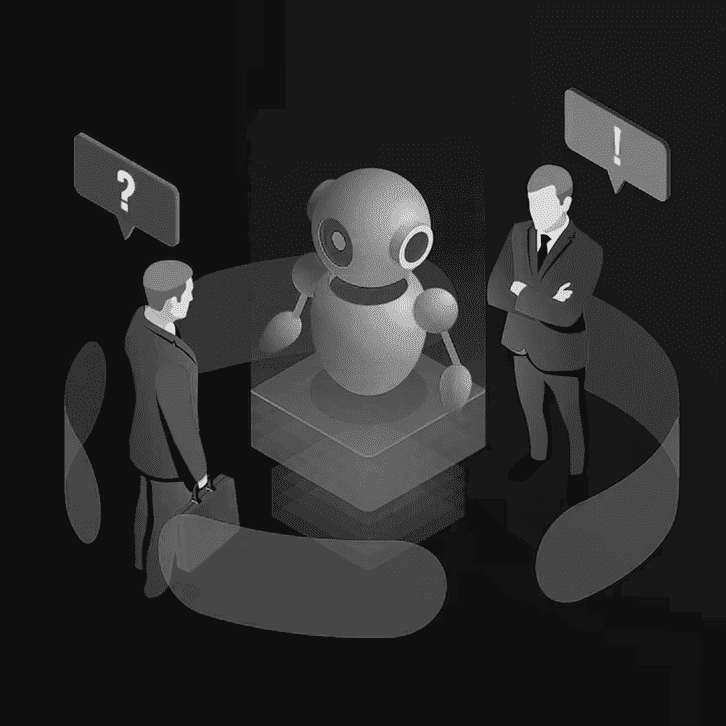

5. Collaborate with blue teams
Enhancing detection and reaction capabilities through coordination with blue teams is arguably the most important aspect of successful red teaming. Blue teams are able to verify if their presumptions about the environment they are attempting to save are accurate. Purple team workouts involve both the red and blue teams working together.
For the blue team, the red team mimics attack activities. The blue team then confirms that it noticed the effort and, if not, would have had enough logs to identify the acts. The partnership aids in the development of more potent threat detection techniques by both teams.
Challenges in Red Teaming AI Systems
When applied to AI systems, this technique becomes increasingly important as AI models are deployed in more complicated and high-risk situations. Red teaming AI systems help maintain their robustness, fairness, and security; yet, this duty comes with distinct problems. it comes with several unique challenges:
AI Model Complexity
AI systems, particularly deep learning models, are complicated and operate in "black boxes." This makes it difficult to forecast behavior and discover weaknesses.
Data quality issues
AI algorithms rely heavily on training data. If the data is biased or incomplete, the model's predictions may be incorrect. Red teamers must assess data quality, which can be difficult and time-consuming.
Adversarial assaults
AI models are prone to adversarial attacks, which are minor changes to input data that confound the system. Because of the diverse spectrum of techniques, developing and testing these assaults may be difficult.
Lack of Testing Frameworks
Unlike cybersecurity red teams, which have defined techniques, AI red teams lack standardized testing frameworks. The development of these frameworks is still under progress.
Model Explainability
Many AI models cannot be interpreted. Red teamers struggle to detect and repair vulnerabilities when they don't understand why a model makes a choice.
Evolving risks
As AI systems advance, so are the risks against them. Red teamers must stay ahead of these emerging approaches in order to keep AI protected.
Ethical and legal concerns
Testing AI systems may result in unforeseen consequences or include sensitive data. Ethical considerations and privacy problems must be properly controlled during red team activities.
Resource constraints
Effective red teaming necessitates trained staff and large computational resources, which many firms lack.
Red teams vs blue teams vs purple teams
To protect an organization's networks, Red Teams, Blue Teams, and Purple Teams work together in cybersecurity. Each group serves a specific purpose and strengthens defenses against cyberattacks when they work together.
The "attackers" are Red Teams. It is their responsibility to mimic actual hacks and think like hackers. They seek to breach networks in order to identify flaws and take use of vulnerabilities in order to test systems. Penetration testing, phishing, and other strategies may be used to identify vulnerabilities before a malevolent actor may exploit them. Red Teams essentially perform the role of ethical hackers, finding weaknesses that require attention.

Blue Teams, on the other hand, are the defense. Their responsibility is to defend the company from online threats. Blue Teams install security tools like firewalls and encryption, keep an eye out for indications of an attack, and react to any security lapses. The Blue Team acts quickly to neutralize the threat and reduce damage when an attack is discovered. They guarantee that systems are safe and equipped to deal with any possible danger.
The link between Red and Blue is provided by Purple Teams. They facilitate better cooperation between the two groups. Following an attack by a Red Team, the Purple Team makes sure the Blue Team receives the input so they may adjust their defenses in light of the results. Purple Teams assist in making sure that the security strategy as a whole is improved by using the lessons learnt from simulated assaults.
A strong defense system is produced when the three teams collaborate. Purple Teams make sure both teams collaborate to increase security, Blue Teams protect against assaults, and Red Teams find weaknesses. This partnership guarantees that an organization can react swiftly when needed and is constantly ready for new threats.
Red Teaming vs Penetration Testing
Penetration testing and red teaming are both crucial techniques for evaluating and enhancing an organization's cybersecurity, but they take distinct approaches to the work.Red Teaming is a more thorough and ongoing procedure. In order to assess an organization's security on all fronts people, procedures, and technology a Red Team aims to replicate a real-world cyberattack. Red Teams will employ the same strategies as actual attackers, such as technological exploitation, physical security testing, and social engineering.Finding vulnerabilities is only one goal; another is to evaluate how well the company reacts to and protects against these mock attacks. Red Teaming offers a comprehensive assessment of an organization's security, preparedness, and capacity to manage sophisticated attacks and frequently lasts for weeks or even months.On the other hand, penetration testing is far more specific and concentrated. It all comes down to pinpointing specific flaws in a certain network or system. Penetration testers attempt to attack weaknesses in networks, apps, or other systems using a combination of automated tools and human techniques. This procedure normally takes less time, days or weeks and is only concerned with identifying technical errors. Finding vulnerabilities that an attacker may use is the aim of penetration testing, which enables the company to fix them before a genuine attacker can exploit them.
The scope is the primary distinction between penetration testing and red teaming. Red Teaming tests all aspects of an organization's security posture, from how well staff members recognize phishing efforts to how fast security teams can react to a breach. It's a more strategic, wider approach. Contrarily, penetration testing is more tactical in nature and focuses on identifying system flaws and offering correction suggestions.
Although both are essential for enhancing security, Red Teaming provides businesses with a more comprehensive view of their entire security by putting their defenses to the test in real-world scenarios. Fixing certain flaws in systems to stop possible breaches is the main goal of penetration testing. Although both approaches are crucial, their functions in a company's cybersecurity plan are distinct.
How important is the red team in cyber security?
It provides a company with a proactive and realistic approach to identifying vulnerabilities, the Red Team is essential to cybersecurity. Red Teams imitate extensive intrusions, as contrast to conventional security assessments that could concentrate on specific technologies or processes. This entails assessing how an organization's staff and procedures react to assaults in addition to taking advantage of technical flaws in systems. By pretending to be actual hackers, they find vulnerabilities that could otherwise go unnoticed during routine testing.
Red Teams stand out for their ability to evaluate not just technology but also procedural and human security factors. They will test how staff members respond to phishing emails and how simple it is to get over physical security measures. This method enables businesses to identify areas outside software and firewalls where they may be susceptible.
Red Teams helps companies identify vulnerabilities before actual attackers take advantage of them by simulating attacks. Businesses may prevent expensive intrusions by strengthening their defenses and fixing errors thanks to an early warning system. Additionally, Red staff drills increase security awareness across the firm, increase employee attentiveness, and help the security team improve their reaction methods.
The Red Team basically challenges the status quo, which is why it is significant in cybersecurity. To make sure the company is prepared for whatever comes next in the always shifting field of cyber threats, they actively test and improve defenses rather than passively waiting for anything to go wrong.

 Quick
Contact
Quick
Contact






